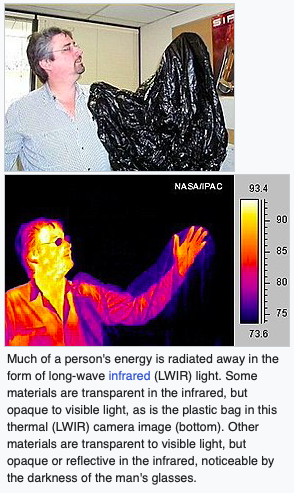This was somewhat one of those Covid projects that got a fair amount of use last winter in Arizona because we could at least be a little bit social by always staying outside. I try lots of things that do not work but this one seemed a good thing so I spent the time to document what I measured. Might be interesting, might not be.. but it is December after all and the sailing subject is a bit limited for most. Anyhow.. I will take the risk that this ends up being a discussion about home insurance (yep.. I know). Black body radiation is part of the discussion and is interesting just by itself.
One discussion we have had so far is would there be a benefit if the shield in the link was thicker metal. I dont think so.
Link below

Edit Jan 19.. I both modified the shield and did a much more accurate measurement of the radiated power. In this thread, I had over estimated the radiated power for the Propane heater on its lowest setting but it still ends up being about 733 watts. Link here black body heat shield If you have already looked at this, please do a browser "refresh".
One discussion we have had so far is would there be a benefit if the shield in the link was thicker metal. I dont think so.
Link below
Edit Jan 19.. I both modified the shield and did a much more accurate measurement of the radiated power. In this thread, I had over estimated the radiated power for the Propane heater on its lowest setting but it still ends up being about 733 watts. Link here black body heat shield If you have already looked at this, please do a browser "refresh".
Last edited:



